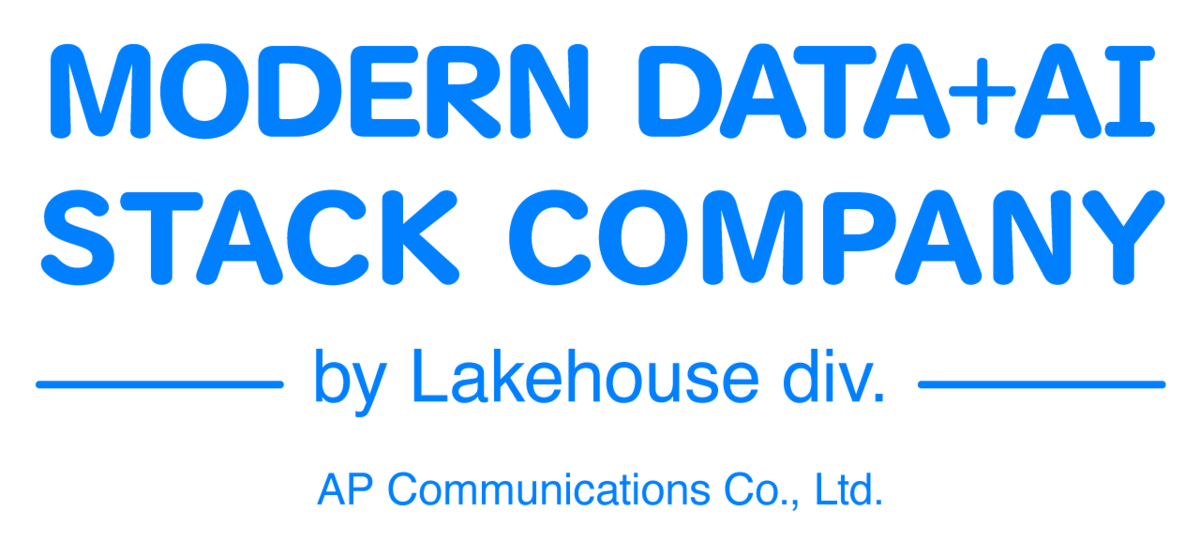Introduction
This is GLB Business Department Lakehouse Department Chen (Chen). I would like to introduce a session called "Multicloud Data Governance on the Databricks Lakehouse" based on a report by Mr. Gibo, who is participating in the local Data + AI SUMMIT 2023 (DAIS).
Speakers Ioannis Papadopoulos and Volker Tjaden will focus on data governance, explaining aspects such as privacy and security. We target engineers who are interested in data governance, people in charge of companies managing data in a multi-cloud environment, and people in companies aiming to become data-driven organizations.

Fundamentals of data governance
The definition of data governance and concepts such as privacy, security, compliance, and data quality assurance are summarized in the overview below.
Data governance is the establishment and execution of policies and rules for the proper management and use of data by companies. Data governance includes the following elements:
- Privacy: Protection and appropriate handling of personal information
- Security: Measures to prevent unauthorized access or leakage of data
- Compliance: data management in accordance with laws and regulations
- Data Quality Assurance: Efforts to Maintain Data Accuracy and Consistency
The problem that data governance seeks to solve is whether data is properly managed and used. Particular emphasis is placed on determining who has access. This is expected to prevent unauthorized use and leakage of data and reduce corporate risks.
Enabling multi-cloud data governance
Databricks Lakehouse provides features for achieving data governance in multi-cloud environments. This allows enterprises to centrally manage data across different cloud providers for proper governance.
Data governance challenges in a multi-cloud environment
Data governance challenges in a multi-cloud environment include:
- Ensuring data consistency across different cloud providers
- Dealing with differences in security and privacy policies between cloud providers
- Ensuring compliance with data movement and sharing
Data governance features in Databricks Lakehouse
Databricks Lakehouse offers the following solutions to the three challenges mentioned above.
- Unified Data Catalog: Enables centralized management of data across different cloud providers
- Convergence of security and privacy policies: address policy differences between cloud providers
- Ensuring compliance: complying with laws and regulations associated with moving and sharing data
These features enable enterprises to effectively achieve data governance in multi-cloud environments.
Summary
Data governance is an important effort for companies to properly manage and use data. Databricks Lakehouse provides functions for achieving data governance in a multi-cloud environment, allowing companies to centrally manage data and apply appropriate governance. This enables efficient data utilization while ensuring data privacy and security.
Conclusion
This content based on reports from members on site participating in DAIS sessions. During the DAIS period, articles related to the sessions will be posted on the special site below, so please take a look.
Translated by Johann
Thank you for your continued support!
